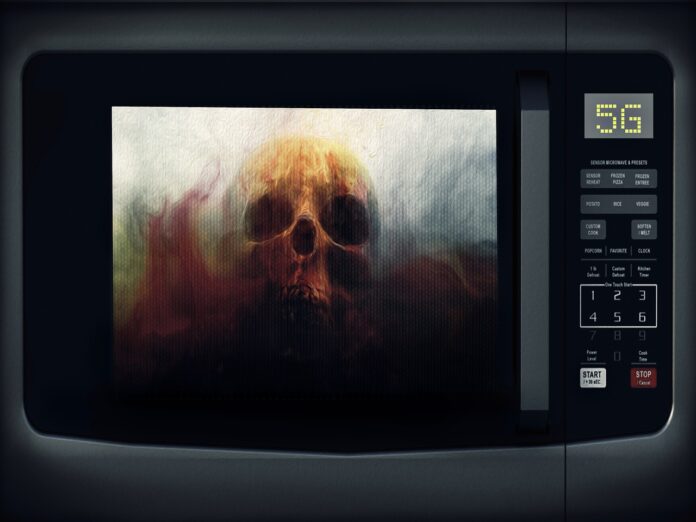Spanish scientists have conducted a study on microwave ovens found in homes, offices, and even laboratories, discovering around 750 different types of bacteria inside. Some of these bacteria pose a danger to human health.
In a new study published in Frontiers in Microbiology, researchers from the startup Darwin Bioprospecting Excellence SL examined 30 microwave ovens and found about 750 different species of bacteria. The microwaves were taken from private homes, public spaces like offices and cafes, and research laboratories.
The researchers noted that some of the bacteria found in household microwaves, such as Klebsiella, Enterococcus, and Aeromonas, could be hazardous to human health. For instance, Klebsiella is commonly found in the human gut but can cause pneumonia and blood infections, according to the U.S. Centers for Disease Control and Prevention (CDC). Alarmingly, this bacterium is becoming increasingly resistant to antibiotics. Enterococcus and Aeromonas also pose significant health risks.
However, the authors emphasize that the populations of microorganisms in domestic microwaves are not much different from those found on ordinary kitchen surfaces.
How Do Bacteria Survive in Microwaves?
It may seem illogical that any organisms could survive in a microwave, which heats food using electromagnetic radiation. However, microwaves are a form of non-ionizing radiation, meaning they do not have enough energy to alter cells and atoms. When food is heated in a microwave, many microorganisms are indeed killed, but this occurs due to high temperatures, not radiation.
Researchers also found that microwaves in homes or shared kitchens have less diverse microbiomes compared to those used in laboratories. Laboratory microwaves host bacteria that are more resistant to radiation.
Interestingly, the microbiomes of laboratory microwaves were similar to those found on solar panels. Researchers suggested that the conditions in these two environments—the presence of electromagnetic radiation and constant temperature fluctuations—allow only the most resilient types of bacteria to survive.
No Need to Panic
According to the scientists, there’s no need to worry or throw out your microwave. Instead, they recommend regularly cleaning it with diluted bleach or a disinfectant and promptly wiping up any spills or messes.
